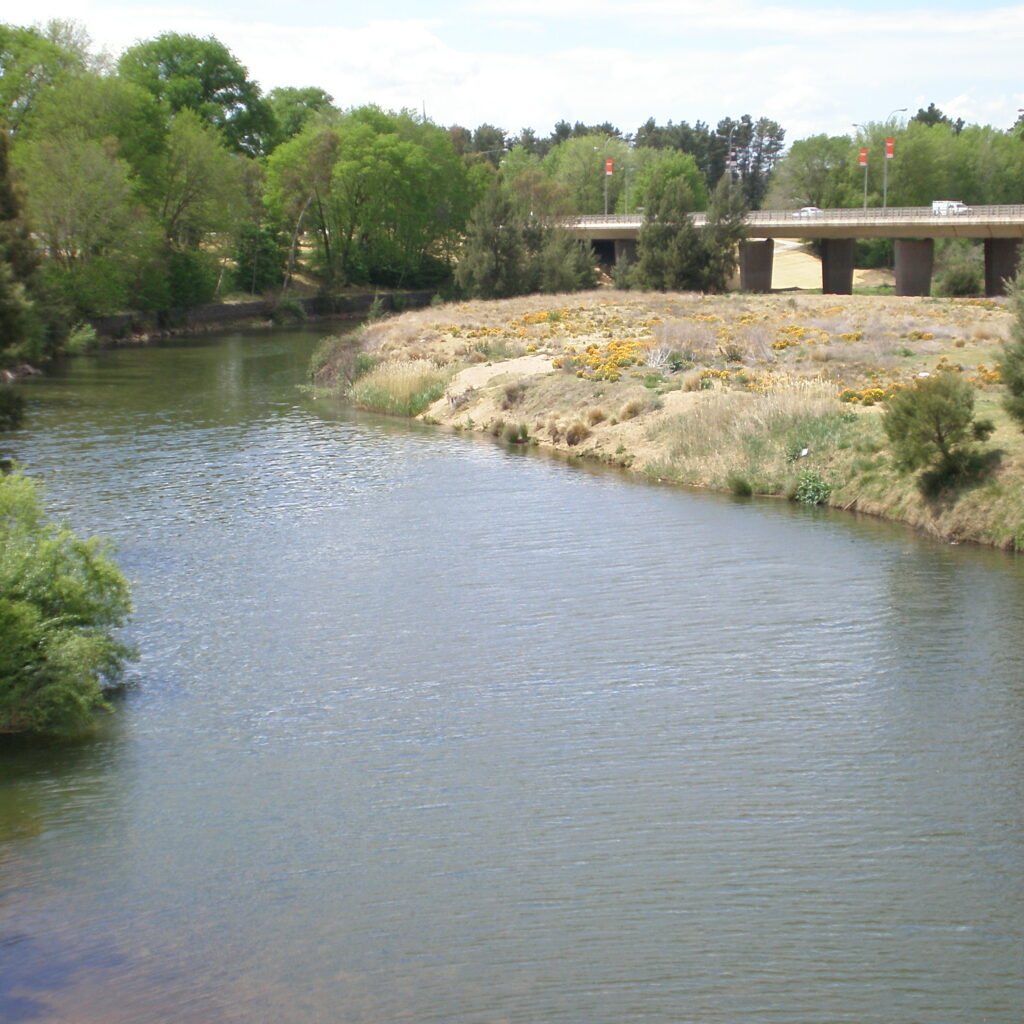The Bathurst Local Aboriginal Land Council has welcomed official approval of the dual name Wambuul for the Macquarie River.
Wambuul, the traditional Wiradjuri name for the river, has now been approved by the NSW Government.
The dual name will sit alongside the existing name with both names having equal status and being considered official names for the feature. Signposts, maps and directories relating to the area will feature both names.
Tonilee Scott is the CEO of The Bathurst Local Aboriginal Land Council. She said this is a positive start to recognising and celebrating Aboriginal heritage.
“Wambuul means ‘winding river’ in the Wiradjuri language and is a fitting title for this significant tributary,” Ms Scott said.
“Using the Wiradjuri language for this ancient river is a powerful and inclusive symbol of the broader community’s appreciation of First Nations people’s very long ties to Wambuul.”
The Mayor of the Bathurst Regional Council, Ian North, said that the dual naming is vital to meaningful community reconciliation.
“The dual naming of the river, Macquarie River / Wambuul, signifies and recognises our city’s Aboriginal heritage,” he said.
This is a significant occasion for our city as it helps unite our community to move forward into the future.”
The application received support from the NSW Aboriginal Land Council, Gunhigal Mayiny Wiradyuri Dyilang Enterprise, numerous community members, and the Orange, Trangie, Warren, and Wellington Local Aboriginal Land Councils.
Many geographical features already have traditional names that have been used by the local Aboriginal community for many thousands of years.
Traditional place names can be officially recognised and recorded for a feature which enables the story and culture of the local Aboriginal community to be shared.
When a feature already has an official non-Aboriginal name, the traditional Aboriginal name can also be recognised officially by assigning it as a dual name. This means the feature has two names, an Aboriginal name and a non-Aboriginal name, each existing in their own right.













